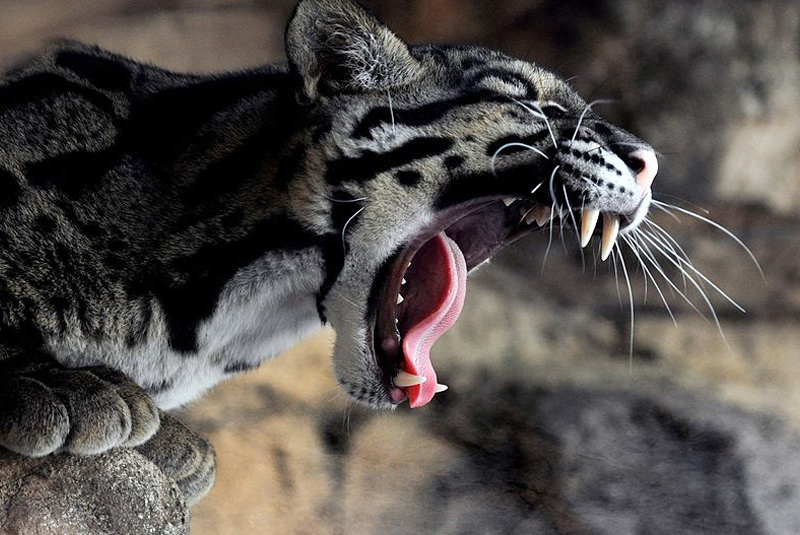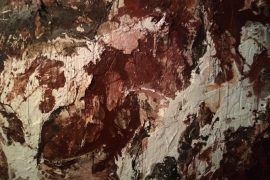Of all the felines walking on the planet, the clouded leopard is the most difficult to study. The leopard is found in India (in the North-eastern states of Assam and Mizoram), China, Bangladesh, Nepal, Indonesia and Taiwan. They are considered the most ancient cats that are still alive; scientists believe they first walked on earth almost 6 million years ago. An ancient species that has managed to survive both war and peace, however, is now on the brink of extinction.
The clouded leopard was first spotted and described by Sir Stamford Raffles, the British Indian administrator, in 1821. It was called “clouded leopard” owing to its large dusky-grey blotches and irregular spots and stripes reminiscent of clouds. Later, Edward Griffith named the species as Felis Nebulosa. It is commonly known as the mint leopard among the Chinese because the marks on its body look like mint leaves. Although it can climb on trees, even hang upside down, it mostly spends its time on the ground. Nothing much is known about their social interactions because of their secretive nature. This is primarily what makes them difficult to study.
The clouded leapords look similar to the Bengal tiger. They have a heavy build and, proportionately, the longest canine teeth of any living felid—of 2 inches (5.1 cm), about the same as a tiger. The major distinguishing factor, apart from the colour and the innocent-looking face, would be the voice. Clouded leopards are unable to roar. They can only purr. At most, they will make a feeble roar when they sense danger. It might take one by surprise.
-30-
Copyright©Madras Courier, All Rights Reserved. You may share using our article tools. Please don't cut articles from madrascourier.com and redistribute by email, post to the web, mobile phone or social media.Please send in your feed back and comments to [email protected]











